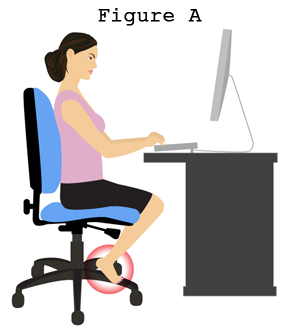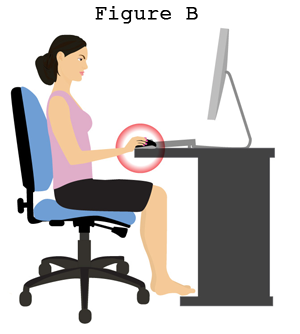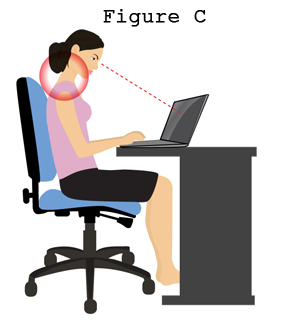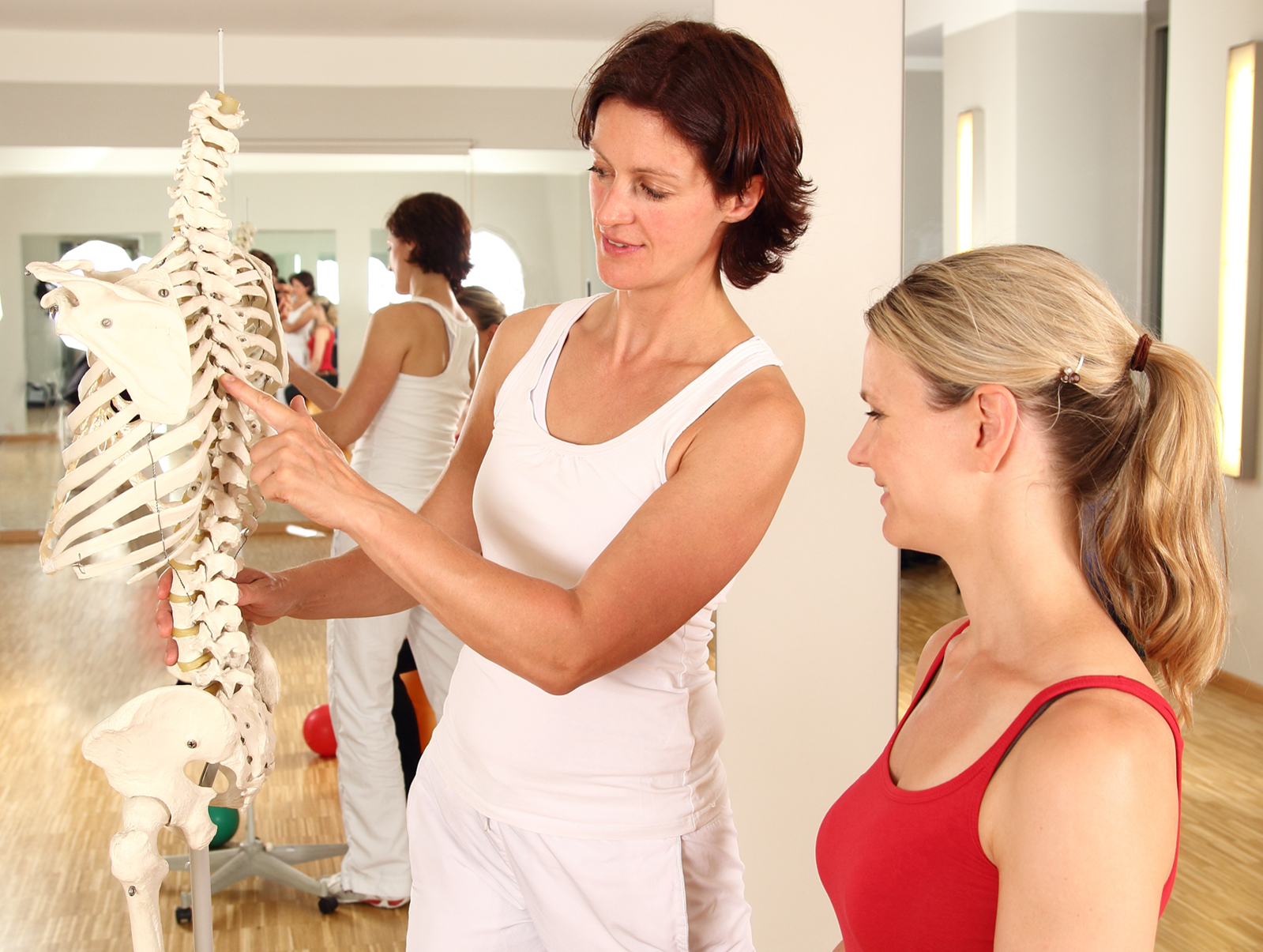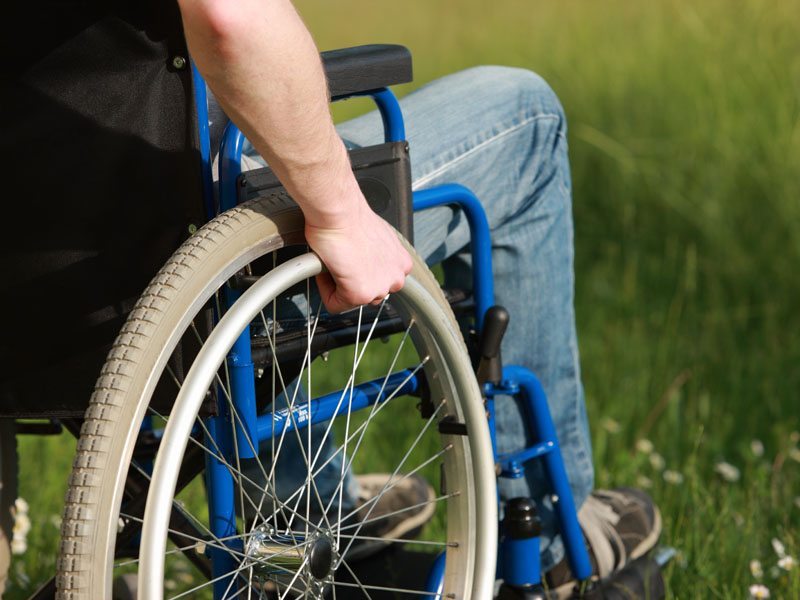Although many of us work jobs that require sitting for long stretches of time, some for 8 hours or more a day, we don’t always take the time to make sure that we are sitting correctly. It seems we don’t realize how much we have to gain from adjusting our workspace and our posture.
Ergonomics is the science of fitting a worker to their workplace – making sure that an employee is comfortable and safe while working. Occupational therapists come into workplaces and make recommendations to help prevent injuries, and a successful ergonomic assessment will not only greatly reduce strain and injuries on the job but also improve worker morale and boost job productivity
A lot of Ergonomics focuses on your back and proper seating, but your back isn’t the only thing you’re hurting when you sit incorrectly. You’re also potentially stressing or injuring your neck, hips, legs, shoulders and wrists. Basically, your entire body is at risk. Today, I’m going to tell you about three easy fixes to problems that can damage more than just your back when you’re sitting.
Something that effects a lot of women, and some shorter men, is keeping your chair too high (Figure A). Whether it’s because your monitor or desk is too high or because your chair is too tall, this is terrible for both your lower back and hips, and it can cause muscle cramps and numbness in your legs. The easiest way to fix this is to lower your chair, but if you’re very petite or the chair is very large, another answer is to get a footrest so that your feet can rest flat on the surface. Having your feet flat on the ground is your goal as this takes stress off of your legs and hips.
Another problem for many people is using a computer without properly supporting their wrists (Figure B). Whether you’re using a mouse or a keyboard, making sure you have enough wrist support is important not just for your wrists and helping to prevent RSI and Carpal Tunnel, but also for your shoulders, which hold a lot of tension from the awkward position. Any occupational therapist would encourage you to look at your wrists and make sure that the angle is neutral when you type and most keyboards have the ability to alter their angle with the little legs on the bottom. A wrist rest can also be helpful and they make them
both for keyboard and on mousepads.
The final problem I’m going to talk about today is monitor height, which is often too low (Figure C). If you find yourself looking down to see the screen, you’ve got a problem — this is usually an issue with laptops, but you’d be surprised at how many ergonomic assessments discover desktop monitors that are positioned too low as well. The top line of text on the screen should be at eye level, and if it’s below that, you need to adjust the monitor height. Trust me, your neck will thank you, your head isn’t the lightest thing in the world and leaning forward all the time puts a lot of strain on the muscles in your neck.
It’s important to reassess these things every once in a while, it’s very easy to get into bad habits without realizing it. And one of the most important things you can do is to make sure you’re getting regular breaks and regular exercise. Once an hour, at least, you should get up and stretch and move around a little and if you make all these changes and are still sore, you should definitely get in touch with an occupational therapist and have an ergonomic assessment done.

